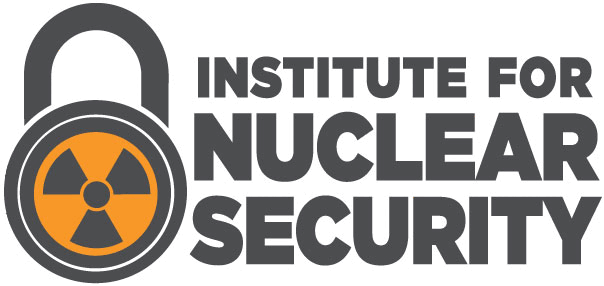Abstract
Of late, nuclear weapons have been multilaterally outlawed similar to the other weapons of mass destruction. But the nuclear weapon states, barring North Korea, and the sole victim of nuclear weapons Japan, have remained outside the treaty process. This does expose the usual clarion call of the nuclear weapon states for nuclear disarmament and non-proliferation. This study attempts to enquire the policy approach of the three nuclear weapon states in Southern Asia – China, India and Pakistan who proclaim themselves as ‘responsible’ nuclear states – regarding the ban treaty comparatively. While China’s stated position seem to be based more on realism than on morality as it points to the unmindful of the strategic upheaval it would cause, India highlights its reservations on the procedural aspects of the initiative. Pakistan in line with China’s realistic consideration links the issue with fissile material stockpile, conventional force disparity and India’s upper hand in this domain. However, one thread found common in the positions of the three countries is their assertion for a graduated, step-by-step approach towards nuclear disarmament. All of them believe that elimination of nuclear weapons cannot be achieved overnight. It requires sustained global efforts taking into consideration the strategic vulnerabilities and thriving security deficit in respective strategic theatre. While China and India provide somewhat alternative procedures like the universal NFU treaty, Pakistan’s position seems only reactionary. At the end, the study proposes an out-of-the-box suggestion for a tripartite regional NFU treaty as the harbinger to onset the goal for a universal NFU treaty eventually.
DOI
https://doi.org/10.7290/ijns050105
Recommended Citation
Mishra, Sitakanta
(2019)
"Nuclear Ban Treaty and the Southern Asian ‘Nuclear Troika’,"
International Journal of Nuclear Security:
Vol. 5:
No.
1, Article 5.
https://doi.org/10.7290/ijns050105
Available at:
https://trace.tennessee.edu/ijns/vol5/iss1/5
Creative Commons License

This work is licensed under a Creative Commons Attribution 4.0 International License.


